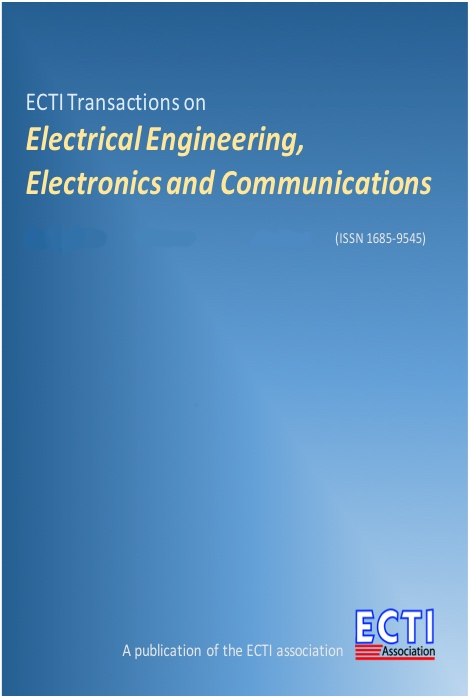A Machine Learning Approach for Coordinated Voltage and Reactive Power Control
Main Article Content
Abstract
Increasing penetration of renewable energy sources in form of distributed generators has brought many technical challenges to distribution networks. Among those, voltage and reactive power control should be revised and improved. Existing and new control resources should be coordinated based on real-time information and in closed loop. To achieve this, machine learning (ML) can be used to map the relationship between the selected network information and the desired control output. In this paper, setting of the shunt compensator operating in capacitive or inductive modes is coordinated with the tap position of substation transformer by the developed ML. Dataset emulating network behaviour during a year operation is constructed for training ML. A multi-class classification problem is formulated. Simulation results show satisfactory accuracy for some classes.
Article Details
This journal provides immediate open access to its content on the principle that making research freely available to the public supports a greater global exchange of knowledge.
- Creative Commons Copyright License
The journal allows readers to download and share all published articles as long as they properly cite such articles; however, they cannot change them or use them commercially. This is classified as CC BY-NC-ND for the creative commons license.
- Retention of Copyright and Publishing Rights
The journal allows the authors of the published articles to hold copyrights and publishing rights without restrictions.
References
[2] D. H. Spatti, I. N. da Silva, W. F. Usida, R. A. Flauzino, “Real-Time Voltage Regulation in Power Distribution using Fuzzy Control”, IEEE Trans on Power Delivery, vol. 25, no. 2, April 2010, pp. 1112-1123
[3] Y.-Y. Hong, K.-L. Pen, “Optimal VAR Planning Considering Intermittent Wind Power using Markov Model and Quantum Evolutionary Algorithm,” IEEE Trans on Power Delivery, vol. 25, no. 4, Oct 2010, pp. 2987-2996
[4] Y.-Y. Hong and Y.-F. Luo, “Optimal VAR Control Considering Wind Farms using Probabilistic Load Flow and Gray-Based Genetic Algorithms”, IEEE Trans on Power Delivery, vol. 24, no. 3, July 2009, pp. 1441-1449
[5] G. W. Kim and K. Y. Lee, “Coordination Control of ULTC Transformer and STATCOM based on an Artificial Neural Network,” IEEE Trans on Power Syst, vol. 20, no.2, May 2005, pp. 580-586
[6] M. B. Liu, C. A. Canizares and W. Huang, “Reactive Power and Voltage Control in Distribution Systems with Limited Switching Operations”, IEEE Trans on Power Syst, vol. 24, no. 2, May 2009, pp. 889-899
[7] W. Nakawiro, “Voltage stability assessment and control of power systems using computational intelligence”, doctoral thesis, University of Duisburg-Essen, Germany 2011
[8] W. Nakawiro, “Research on intelligent voltage control for distribution network with DG penetration”, internal report TNB Research, Kajang Malaysia , 2012
[9] https://www.50hertz.com/de/Transparenz/Kennzahlen/Windenergie [online data for wind power]
[10] https://www.50hertz.com/de/Transparenz/Kennzahlen/Gesamtlast [online data for load power]
[11] R. Dugan, “OpenDSS Introductory Training Level 1”, training material, EPRI, USA
[12] MathWorks, “Statistics and machine learning toolbox documentation”
[13] Oachoa, L. , “Advanced modelling of smart distribution networks using OpenDss,” Tutorial material, IEEE ISGT Asia 2015, Bangkok Thailand
[14] Giorgio Roffo and Simone Melzi and Umberto Castellani and Alessandro Vinciarelli “Infinite Latent Feature Selection: A Probabilistic Latent Graph-Based Ranking Approach”, in Proc. 2017 IEEE Int. Conf. on Comp. Vision

